Respecting the traditions inherited from the ancestors, on the Great Thursday of Easter, the housewives from Vintileasca, a community blessed by God from the foot of the Subcarpathians Curvature, the eastern Vrancea County, redden the eggs and decorate them.
"Tradition says that the Easter egg represents the blood of our Lord Jesus Christ. It is said that the Mother of God would have placed a basket of egg under the cross on which the Savior was crucified, and the blood from the lord's wounds would have flowed on them and thus the eggs would have reddened. The Lord, seeing the eggs reddened, would have said to those present, 'From now on, you too make red eggs, as I have done today, in remembrance of my crucifixion.' This is how we have inherited the tradition and, in time, we have improved the technique, including that of egg decoration. In our country, in Vintileasca, the eggs are necessarily reddened on Easter Thursday, they are not made on the last day of Easter," says Dobrita Staruiala from Tanasari village, Vintileasca commune.
That traditions are very important among the locals demonstrates the attention that women give to this custom since the year, because the bases of painting Easter eggs are still laid from the summer, when the housewives begin to gather the plants they will use just in the following spring. They put them to dry and then keep them over the winter. On Easter, they are only good for the mission that will be entrusted to them, that of colouring the eggs.
"In Easter week we start by soaking the plants that we will use to colour the eggs. They have been put to dry since the summer. We put the plants to soak three, four days. We dry them and then put them back to soak, to 'bloom' them. We like to use our plants, to have natural colours, because now the housewives also use a purchased dye, which they dissolve in clay pots with warm water, in which they add a little vinegar. For the yellow colour, for example, boil the apple peel, and make the 'yolk' in which the painted eggs are immersed. For the yellow colour we also use sheets of onion. From the leaves of the forest or the royal apple tree, picked in summer especially to have them at Easter, in which is added Origanum vulgare (sovarf), a plant that is found in hay, is made the color red, in which we make the 'cranberries'. They are the most beautiful eggs, coloured in the blood of the Lord," says Niculina Florea.
"For the colour to resist, add a little bit of sour stone, a kind of salt. And in the apple peel you can also add vinegar. First we degrease the egg, otherwise it does not catch the color. After degreasing we wash them well and then proceed to the decoration of the eggs with wax. Each painted egg is then submerged in the colours we took care to prepare in advance. We leave the eggs for a maximum of one hour in color. But we must be careful, the water must be warm, but not too hot, otherwise the wax is taken from them before it catches the colour. After removing them from the colour, we let them cool and then we wipe the wax, which from time to time we warm up to the flame to clean up easier. At the end, the egg is wiped with fat. We can also use oil, but with fat they catch a more beautiful luster," explains Niculina.
Even the egg painting tool is handmade and it takes great skill to get exactly the size needed to work on the egg.
"To decorate the eggs, we use a pen with a very thin cloth, about the size of a sewing needle, on which are attached a few strands of animal hair, usually horse or pig skin. We also need tows or hemp to keep the wax longer. With this tool we decorate the eggs. But we also use a lot of leaf painting. To make various patterns on the egg, we put various leaves that we stick to the egg before putting it in a sock of silk. The stocking binds and sinks into colour. After it is coloured, the egg keeps the pattern of that leaf," says Ioana Staruială.
The people of Vintileasca are proud of their traditions and especially of the fact that they have whom they transmit them to, the children being always involved in these activities in order to learn the crafts.
The eggs thus decorated are taken to church on the Night of Resurrection and, after the service, they are shared together with other goodies cooked by housewives, with cake or pasca (traditional cake made from leavened dough filled with cottage cheese, raisins, sour cream, etc. which is usually eaten at Easter by Orthodox Christians).

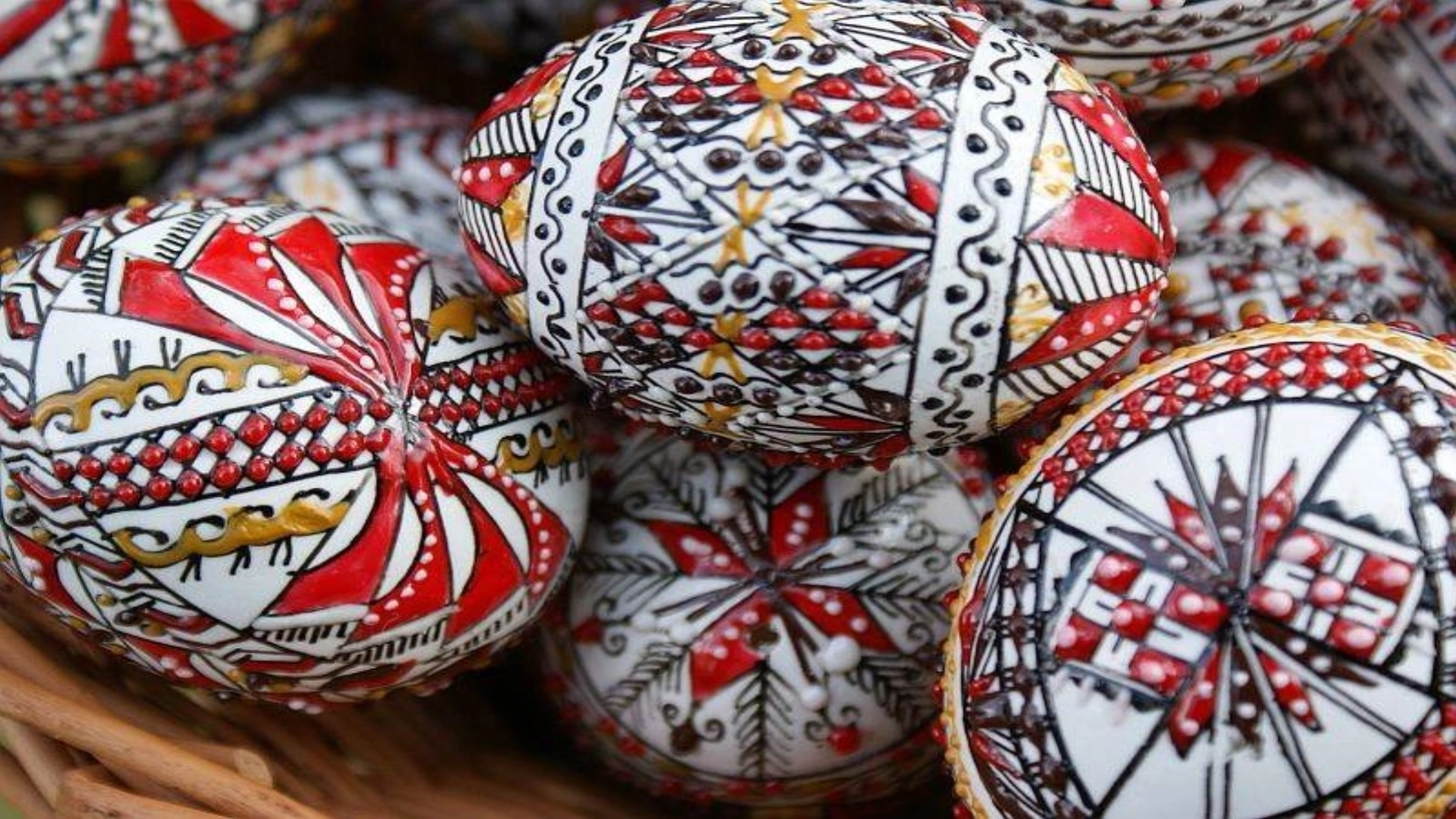








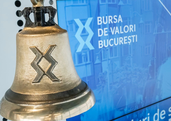



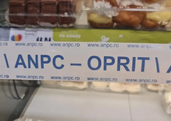
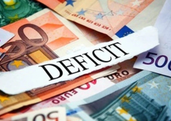
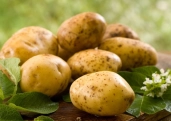
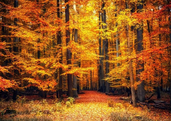





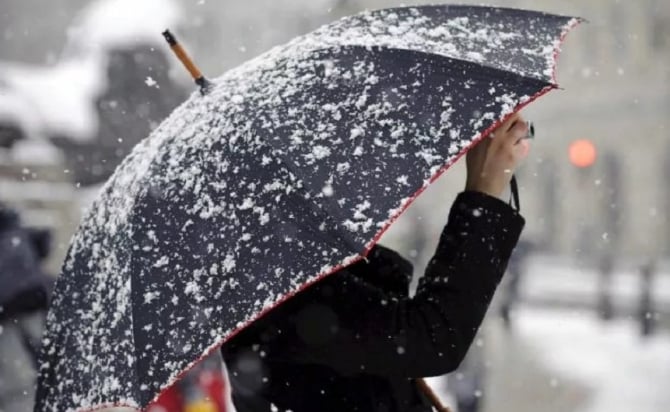
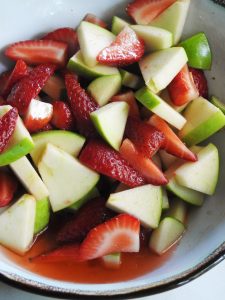
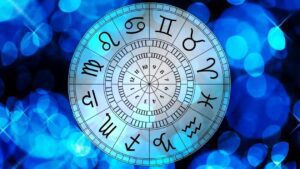






Comentează